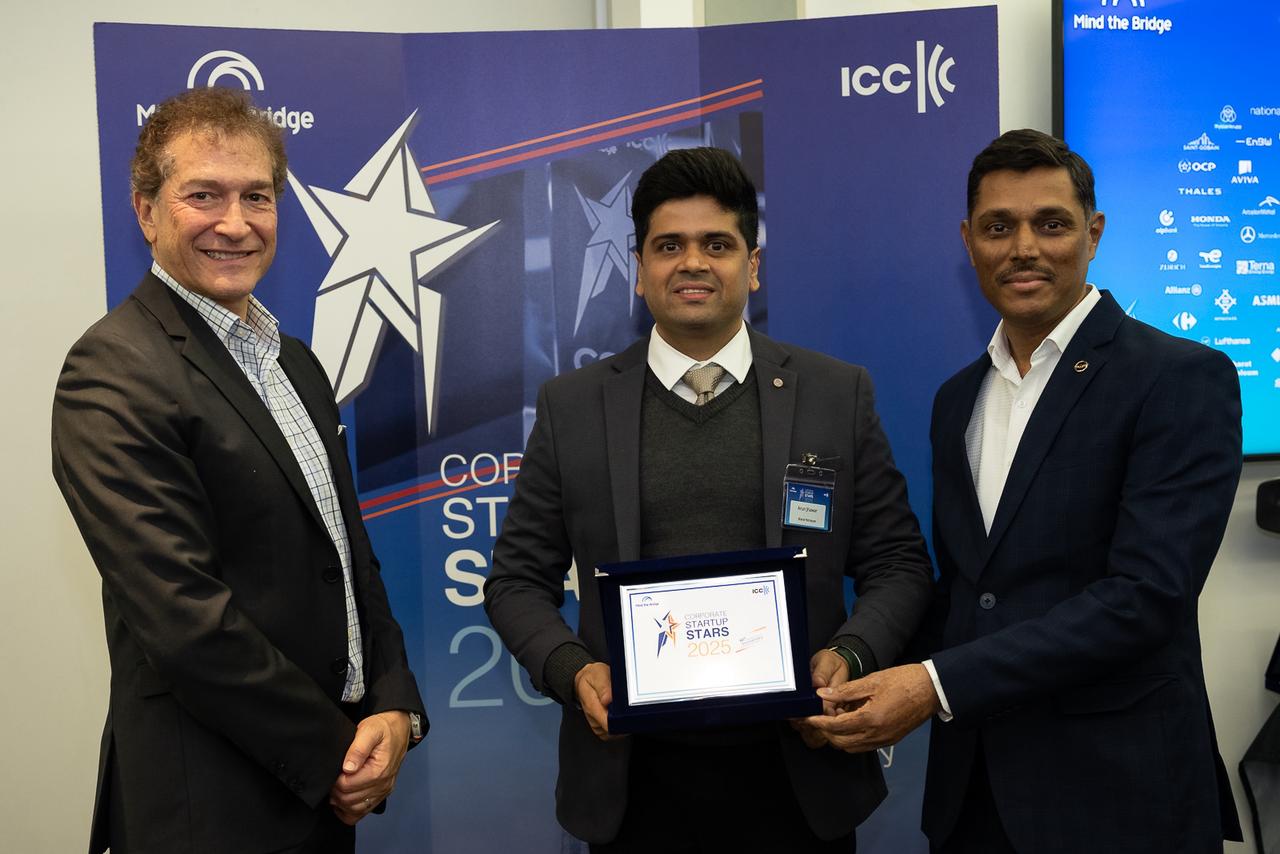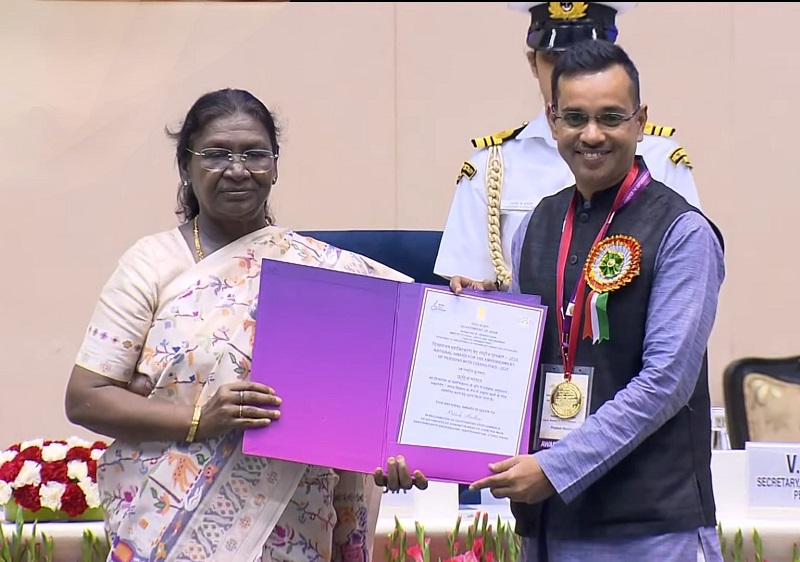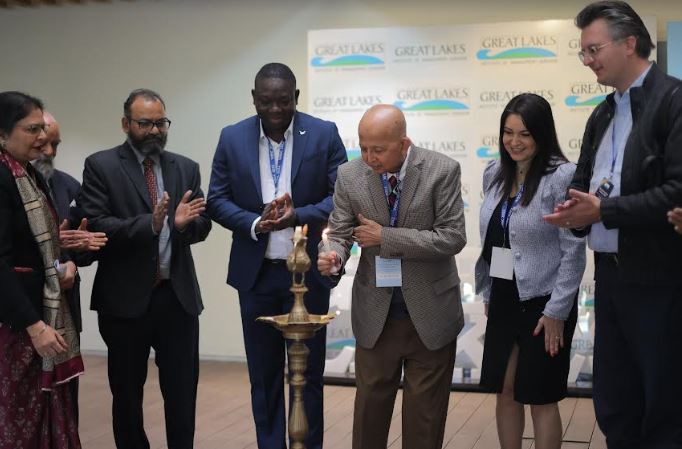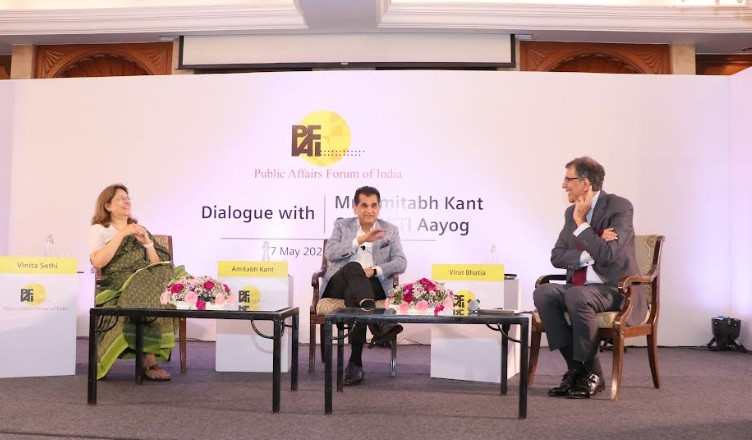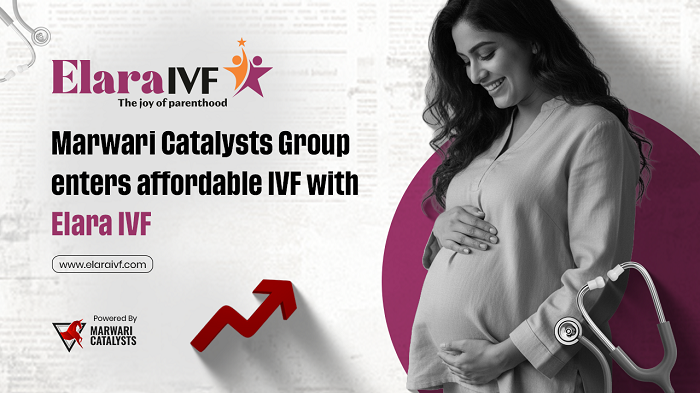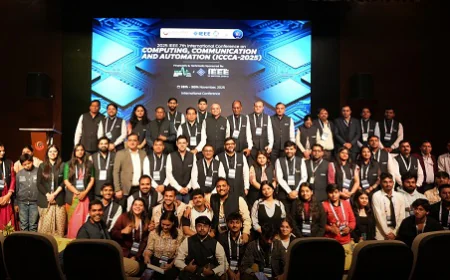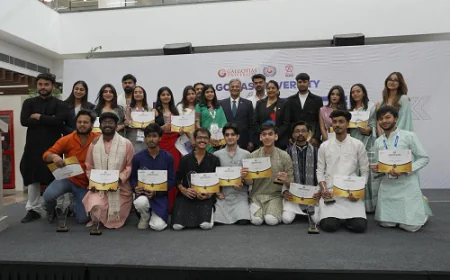Adyar Institute Unveils Impact of HPV Molecular Testing in Cervical Cancer Community Screening Program in South India

Dr. Vijayalakshmi Ramshankar, Department of Preventive Oncology (Research), Cancer Institute (WIA), today unveiled research titled "Impact of HPV molecular testing with partial genotyping as a feasibility study in cervical cancer community screening program in South India" in a panel discussion held at Adyar Institute. Dr. Vijayalakshmi and her team that included Ms Soundharya Ravindran; Ms. Komathi Arun, Ms. Kanchana Albert, Ms. Sakthi Lalitha Sri, Dr. Lalitha Ramasubramanian and Dr. Banumathy Satyaseelan have conducted a study involving a group of 10,395 women who were administered the HPV DNA test.
 |
L to R: Dr. Sandeep Sewlikar, Soundharya Ravindran, Dr. Jayashree Natarajan and Dr. R Vijayalakshmi
The study showed that there is a need for implementation of a high throughput technology for cervical cancer that can be scalable. They used the Cobas 4800, a multiplexed assay based on quantitative polymerase chain reaction technology, identifying HPV 16 and HPV 18 along with the concurrent detection of 12 pooled other high‐risk HPV infections.
Want to get your story featured as above? click here!
Want to get your story featured as above? click here!
This technology was used to test 10,375 women from the South Indian community for the first time as a feasibility program. Upon testing, high‐risk HPV was found in 5.73% women. A total of 127 women (1.2%) were found to be infected with HPV 16, 36 women (0.34%) with HPV 18 and 382 women (3.68%) with the 12 pooled high‐risk HPV and multiple mixed infections were found in 50 women (0.48%). It was observed that there was a high prevalence of high‐risk HPV in younger women, 30-40 years of age and a second peak was observed at 46-50 years of age. The second peak had higher mixed infections in the 46-50 years of age and this association was statistically significant. The study has found that 24/50 (48%) of the multiple mixed high‐risk HPV infections were in the age group 46-50 years.
This study showed that high negative predictive value of the Cobas HPV can help in increasing the screening efficiency identifying only clinically relevant infections with high-risk HPV with effective cost reduction eliminating unnecessary further intervention in nearly 94% of the women. This study has established that the effectiveness of a single round of HPV testing is attributable to a significant decline in the rate of advanced cervical cancers and associated mortality compared to the unscreened group in India.
The study also highlighted that for successful implementation of HPV‐based screening, it is important to understand the technical aspects of the assay of choice and a prudent choice of test should be an assay that is clinically validated, in a randomised clinical trial. In a screening programme, it is essential to diagnose cervical precursor lesions that are likely to progress to cancer, leading to an increase in cervical cancer‐related mortality, and the interventions offered should give an advantage over the conventional treatment after diagnosis of cancer.
The panel included esteemed members like Dr. Lalitha Ramasubramanian, Prof and Head, Dept of Radiotherapy, Govt. Thoothukudi Medical College, Tuticorin; Dr. Jayashree Natarajan, Assistant professor in Gynecological Oncology, Cancer Institute (WIA), Adyar, Chennai; and Dr. Sandeep Sewlikar, Head of Medical & Scientific Affairs for India and neighboring countries (Bangladesh, Sri Lanka, Nepal, and Bhutan) at Roche Diagnostics,
The key highlights of the study are:
-
Adoption of HPV Testing: Globally, current screening guidelines for cervical cancer uniformly recommend HPV testing as the primary and preferred method.
-
Cervical Cancer Burden in India: India has a high burden of cervical cancer, necessitating the implementation of a national government-sponsored public health policy.
-
Screening Methods: Various cervical screening methods are available, emphasizing the importance of high-risk HPV testing and vaccination in preventing cervical cancer.
-
Centralised Testing Facility: Dealing with the challenge of offering high-risk HPV tests to a large population requires a fully automated molecular testing platform that can serve as a centralised facility. The study explored the feasibility of such a platform in a community-based screening setting in India for the first time.
-
Value of HPV 16 and HPV 18 Differentiation: The study highlights the significance of differentiating between HPV 16 and HPV 18 infections in population screening.
-
Promising Screening Tools: Three promising tools for large-scale screening include primary HPV DNA testing, self-sampling with low vaginal swabs, and the use of digital platforms for monitoring. The technology used in the current study can facilitate the execution of the first two objectives, strengthening cervical cancer screening systems and improving health outcomes.
-
Prevalence of High-Risk HPV: The study revealed the prevalence of high-risk HPV through partial genotyping.
-
Multiple Mixed Infections: Further evaluation is needed to understand the significance of numerous mixed infections in women in the perimenopausal age group, as identified in the study.
While speaking on the occasion, Dr. Vijayalakshmi said, "Elimination of cervical cancer in a country like India relies on three crucial pillars: screening, treatment, and vaccination. Anything short of these pillars will not bring about significant change. The cobas HPV test offers individual results for HPV 16 and HPV 18, along with a combined result for other high-risk genotypes, all obtained from a single patient sample in a single run. By delivering comprehensive 3-in-1 results, healthcare providers can effectively assess the risk level of patients and make confident decisions regarding patient management."
Dr. Sandeep Sewlikar, said, "In the face of a high disease burden and complex challenges, the road to achieving WHOs vision of eliminating cervical cancer by 2030, requires a steadfast approach. India needs a holistic programme which covers public awareness, vaccination (9-14 yrs) and screens women for cervical cancer using the WHO recommended clinically validated HPV test. I would like to thank Dr. Vijayalakshmi and her team for working on this study. Moreover, with WHO awarding the prequalification to Roche's cobas HPV test for use on the cobas 6800/8800 Systems, we are confident that we will become an active partner in eliminating cervical cancer in India."
Dr. Lalitha Ramasubramanian, Professor and Head of the Department of Radiotherapy at Govt. Thoothukudi Medical College, stated, "We embarked on a resolute quest to eliminate cervical cancer, commencing with robust screening methodologies. The integration of HPV testing into our comprehensive screening programme signifies a significant leap forward. This progression not only enhances our ability to identify individuals at high risk in the early stages but also equips us with reliable data to combat this preventable cancer more effectively. We are ushering in a new chapter in our fight against cervical cancer, armed with an empirical study that clearly shows a direct correlation between HPV testing and a significant decline in the rate of advanced cervical cancers."
Dr. Jayashree Natarajan, Assistant Professor in Gynecological Oncology at the Cancer Institute (WIA) in Adyar, Chennai, remarked, "Eradication of cervical cancer necessitates a comprehensive and multifaceted strategy. It entails not only proactive screening but also a strong emphasis on preventive measures. By incorporating comprehensive vaccination programs alongside robust screening processes and treating the already infected, we can strive for a holistic solution that reaches every corner of our nation. Unifying the resources and preventive efforts delivered and maintaining registry of preventive efforts under taken will help to reach the goals swiftly."
About Adyar Cancer Institute
Adyar Cancer Institute is a public charitable voluntary not-for-profit institution that is dedicated to the service of cancer patients since 1954. It is a Regional Centre for Cancer Research and Treatment and is recognized as the State Cancer Institute, the apex body. The care is free or heavily subsidized or paid for, as needed. The Institute is a comprehensive cancer center with a 545 inpatient beds hospital, a research division, a College of Oncological Sciences, and a division of preventive oncology. The Preventive Oncology (Research) at Cancer Institute has a centralised testing facility for HPV DNA as a molecular test and caters to samples sent to this organisation for the same. This NABL accredited molecular laboratory caters to majority of molecular and precision oncology related testing for cancer patients both treated at Cancer Institute as well as outside patients for a nominal cost.
![]()
Want to get your story featured as above? click here!
Want to get your story featured as above? click here!
























